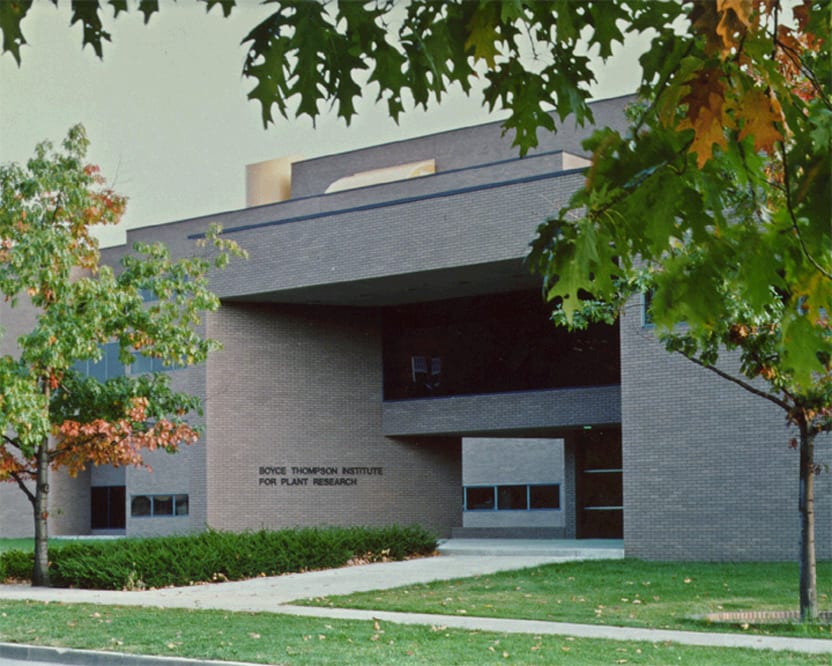While the past few months have disrupted all sense of normalcy, BTI researchers and staff have remained productive while working from home, or as parts of skeleton crews within the building. As the Institute uses a phased approach to slowly reopen our facilities, a tremendous bright spot has developed during a dreary pandemic, as many BTI researchers have been awarded grants recently.
 While the past few months have disrupted all sense of normalcy, BTI researchers and staff have remained productive while working from home, or as parts of skeleton crews within the building. As the Institute uses a phased approach to slowly reopen our facilities, a tremendous bright spot has developed during a dreary pandemic, as many BTI researchers have been awarded grants recently.
While the past few months have disrupted all sense of normalcy, BTI researchers and staff have remained productive while working from home, or as parts of skeleton crews within the building. As the Institute uses a phased approach to slowly reopen our facilities, a tremendous bright spot has developed during a dreary pandemic, as many BTI researchers have been awarded grants recently.
